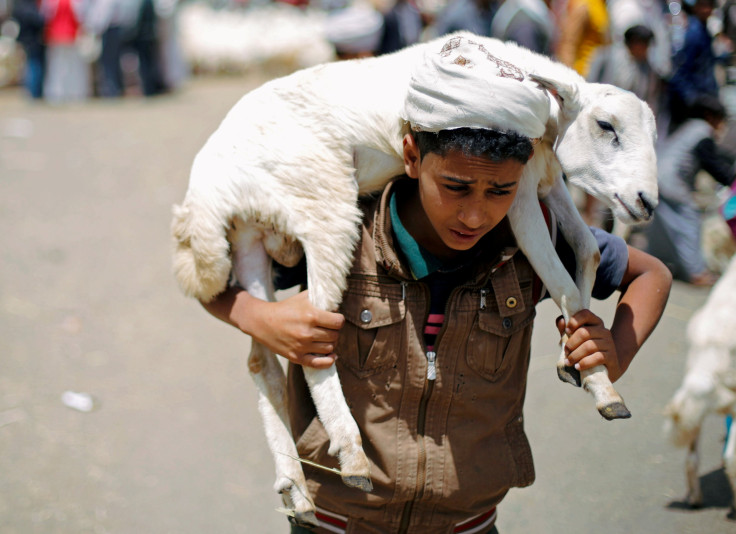When Is Eid Al-Adha 2018? Muslim Feast Of Sacrifice Facts, Traditions

Eid al-Adha, also known as the Feast of Sacrifice, represents the end of Hajj, an annual Islamic pilgrimage to Mecca in Saudi Arabia that takes place during the eighth and the 12th of the month of Dhul Hijjah — the last month of the Islamic calendar. This day is one of the holiest celebrations on the Islamic calendar and is a public holiday in many Muslim countries.
What is Eid al-Adha?
Millions of Muslims across the globe celebrate the day as a reminder when Ibrahim was about to sacrifice his son Ismail (aka Ishmael) at God’s command. But when Ibrahim was on the verge of sacrificing his son, God spared his life, replacing him with an animal. This day symbolizes Ibrahim’s devotion to "Allah" (God). This story closely mirrors the account in the Bible of Abraham’s willingness to sacrifice Isaac.
Eid al-Adha marks the end of Hajj — one of the Five Pillars of Islam.
When will Eid al-Adha start?
The starting date for Eid al-Adha is dependent upon the sighting of the new moon. It is determined based on the lunar cycle, which means the festival falls on a different date every year. This year, it will begin on the eve of Aug. 21 and will conclude Aug. 22 evening.
How is Eid al-Adha celebrated?
This day begins with Muslims offering their morning prayer followed by the slaughtering of an animal like a goat or sheep. In some places, other animals such as the camel or cow is also slaughtered depending on the financial capacity of a family. Close to 10 million animals are slaughtered in Pakistan on this day.
According to the rituals, the meat of the sacrificed animal must be divided into three portions, one to be distributed among the poor, one for relatives and one for self-consumption.
Eid al-Adha Trivia:
In the Philippines, Eid al-Adha is spelled as Eidul Adha. Eid el-Kabir is the commonly referred term for the celebration in Nigeria and Morocco. It is referred to as Tabaski in Senegal and Gambia. Kurban Bayrami is the term used in Turkey. Hari Raya Haji is another name for the festival in Indonesia, Malaysia and Singapore. It is celebrated by the name Eid è Qurbon in Iran while in India and Bangladesh it is called Bakri-Id or Qurbani Eid, as referred to in the Urdu language.
While Eid al-Adha marks the end of Hajj, Eid al-Fitr marks the end of Ramadan, the Muslim holy month of fasting. Usually, Eid al Adha falls roughly two months after Eid al-Fitr.
© Copyright IBTimes 2024. All rights reserved.





















